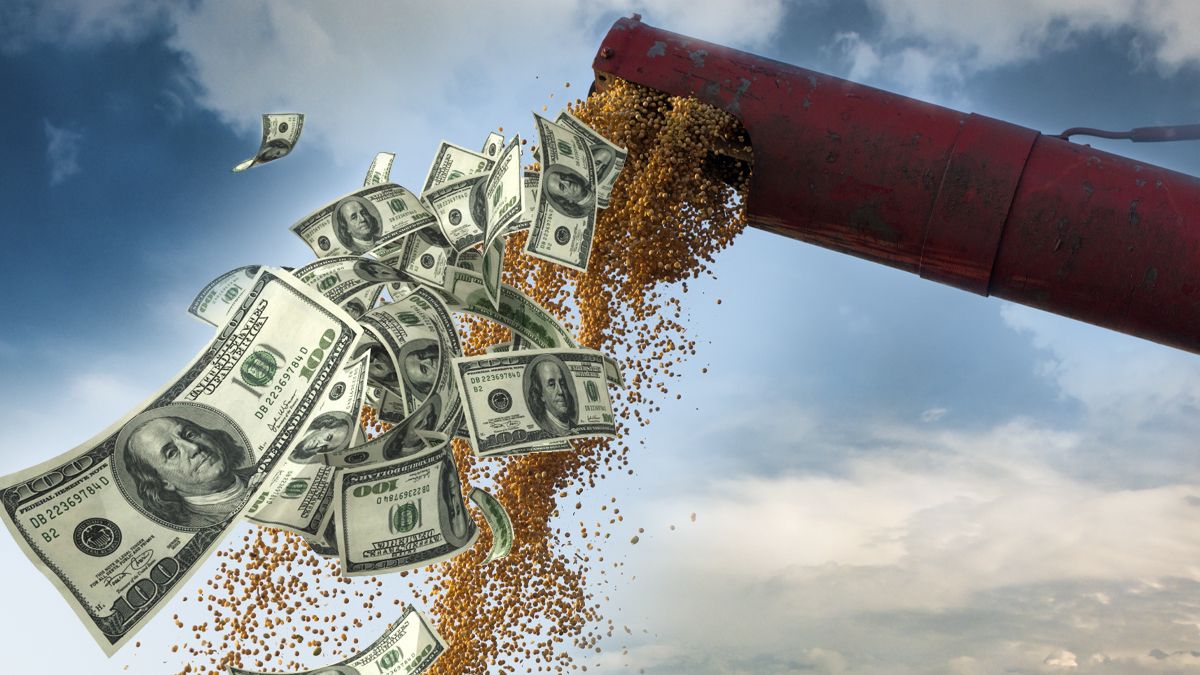Everything was ready for the announcement to be made last Friday at noon, but Thursday night’s attack on the Vice President of the Nation, Cristina Fernández de Kirchner, delayed the call to the press until this Sunday afternoon, just before that Massa travel to the United States in search of more agreements and funds necessary to guide the economic course.
The substantial difference between this new soybean dollar and the previous mechanism is that the Government sought an agreement with the sector and brought the main players in the business to the table, from agro-exporters to producers and their rural leaders.. It is that there is no room for errors and the failed 70/30 soybean dollar was precisely a measure that came to light without consultation and that structured the BCRA with some field advisers close to Peronism.
The reality is that the mechanism that expired on the last business day of August failed to move the needle in the entry of dollars and barely 200 operations were carried out under this modality. The new scheme, as a strong point to tempt agricultural producers to sell their soybeans, is that it will take the price of soybeans in the official market of the Rosario Stock Exchange or Rofex to around $70,000 per ton, that is to say $20,000 additional than what a producer receives today for his grains.
To date, little more than 20 million tons remain to be sold, valued at around US$11,000 million. The commitment that the Government obtained with the agro-export companies is that during September they will liquidate US$5,000 million as a floor. In the last hours that number was in doubt and there was talk of a liquidation of around US$3.8 billion. The truth is from the kidney of Massa’s economic team they are categorical: “The agro-exporters promised to liquidate US$5,000 million in September, that was the number that was closed with the minister”they remark.
In this framework, after the official announcement, Gustavo Idígoras, president of CIARA CEC, highlighted: “We see this new condition as a significant improvement that, although temporary, will have a direct impact on the price of soybeans in the domestic market. We understand that this has arisen from the consultation process that the government opened for weeks with the producer entities and the other links in the chain.”
Another key issue that the field achieved in these weeks of fluid dialogue with the Government is that the meetings with the agricultural sector, both union representatives and agro-export companies, will continue periodically. “The liquidation of the harvest was the urgent terma but the economic team will continue from now on meeting with all the actors of the field once a week, or every 15 days. The objective is to continue working together”, they say from the surroundings of the Secretary of Agriculture Juan José Bahillo.
In this context, Idígoras stressed that an agenda of technical issues to work on during the month of September was agreed with the Government. “The agreed issues are related to credit, tax, commercial and health issues, aimed at facilitating exports from the country’s main export complex.”
Lastly, and perhaps as a preview of what is to come, sources consulted by Ámbito explain: “The US$5 billion that will come in in September will be key not only to increase the Central’s reserves but also to generate a system that accompanies the regional economies that today are going through various difficulties. What is sought is growth with inclusion and in this the regional economies play a fundamental role”.
Source: Ambito
David William is a talented author who has made a name for himself in the world of writing. He is a professional author who writes on a wide range of topics, from general interest to opinion news. David is currently working as a writer at 24 hours worlds where he brings his unique perspective and in-depth research to his articles, making them both informative and engaging.




